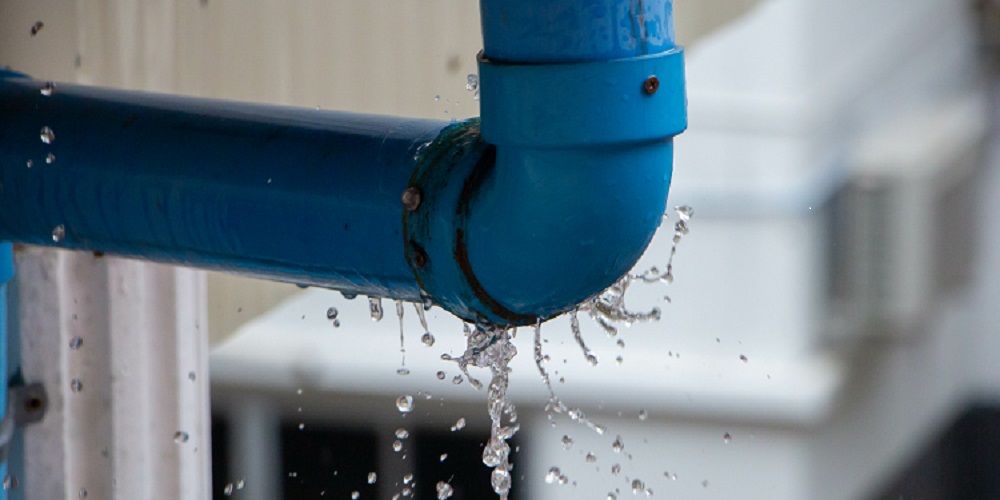Unearthing Sneaky Water Line Leaks: Six Effective Strategies
Unearthing Sneaky Water Line Leaks: Six Effective Strategies
Blog Article
How do you really feel in relation to Detecting hidden plumbing leaks?

Early detection of leaking water lines can mitigate a possible catastrophe. Some little water leaks might not be visible.
1. Analyze the Water Meter
Every house has a water meter. Examining it is a guaranteed way that aids you discover leakages. For beginners, shut off all the water resources. Guarantee nobody will certainly purge, make use of the tap, shower, run the washing equipment or dishwashing machine. From there, go to the meter and also watch if it will certainly transform. Because no person is using it, there need to be no motions. That shows a fast-moving leakage if it relocates. Furthermore, if you discover no changes, wait a hr or two and check back again. This implies you might have a slow leak that could also be underground.
2. Inspect Water Consumption
Examine your water bills and track your water consumption. As the one paying it, you should discover if there are any kind of disparities. If you spot sudden changes, regardless of your consumption coinciding, it indicates that you have leakages in your plumbing system. Bear in mind, your water costs must fall under the exact same array monthly. A sudden spike in your bill indicates a fast-moving leak.
On the other hand, a constant rise on a monthly basis, despite the exact same practices, shows you have a slow-moving leakage that's also gradually intensifying. Call a plumber to extensively check your home, especially if you really feel a cozy area on your flooring with piping underneath.
3. Do a Food Coloring Test
30% comes from toilets when it comes to water usage. Examination to see if they are running properly. Drop specks of food color in the tank and wait 10 mins. If the color somehow infiltrates your bowl throughout that time without flushing, there's a leakage between the storage tank as well as bowl.
4. Asses Exterior Lines
Don't forget to check your outdoor water lines also. Test faucets by connecting a yard hose pipe. Needs to water leak out of the link, you have a loose rubber gasket. Change this and also make sure all links are tight. If you've obtained a lawn sprinkler, it will assist get it properly analyzed as well as preserved yearly. One little leak can throw away lots of water and also spike your water bill.
5. Evaluate as well as Assess the Scenario
Homeowners must make it a habit to check under the sink counters as well as even inside cupboards for any kind of bad odor or mold growth. These two red flags suggest a leakage so timely interest is called for. Doing regular evaluations, even bi-annually, can save you from a major problem.
If you understand your home is currently old, keep a careful eye on your heating systems, hose pipes, pipelines and so on. Look for stainings and compromising as many pipes and also home appliances have a life expectancy. They will certainly also naturally deteriorate because of tear and also wear. If you believe leaking water lines in your plumbing system, do not wait for it to escalate. Call a professional plumber right away so you don't wind up with a terrible mess in your house.
Early detection of dripping water lines can alleviate a prospective catastrophe. Some tiny water leakages may not be visible. Inspecting it is a surefire method that helps you find leakages. One tiny leak can throw away bunches of water and also surge your water expense.
If you think dripping water lines in your plumbing system, don't wait for it to escalate.
WARNING SIGNS OF WATER LEAKAGE BEHIND THE WALL
PERSISTENT MUSTY ODORS
As water slowly drips from a leaky pipe inside the wall, flooring and sheetrock stay damp and develop an odor similar to wet cardboard. It generates a musty smell that can help you find hidden leaks.
MOLD IN UNUSUAL AREAS
Mold usually grows in wet areas like kitchens, baths and laundry rooms. If you spot the stuff on walls or baseboards in other rooms of the house, it’s a good indicator of undetected water leaks.
STAINS THAT GROW
When mold thrives around a leaky pipe, it sometimes takes hold on the inside surface of the affected wall. A growing stain on otherwise clean sheetrock is often your sign of a hidden plumbing problem.
PEELING OR BUBBLING WALLPAPER / PAINT
This clue is easy to miss in rooms that don’t get much use. When you see wallpaper separating along seams or paint bubbling or flaking off the wall, blame sheetrock that stays wet because of an undetected leak.
BUCKLED CEILINGS AND STAINED FLOORS
If ceilings or floors in bathrooms, kitchens or laundry areas develop structural problems, don’t rule out constant damp inside the walls. Wet sheetrock can affect adjacent framing, flooring and ceilings.
https://www.servicemasterbyzaba.com/blog/how-to-detect-water-leakage-in-walls/

I stumbled upon that entry about Locating water leaks when surfing around the search engines. If you please take the time to share this article if you enjoyed it. I enjoy reading our article about Top leak detection hacks.
Hot water gone? Call. Report this page